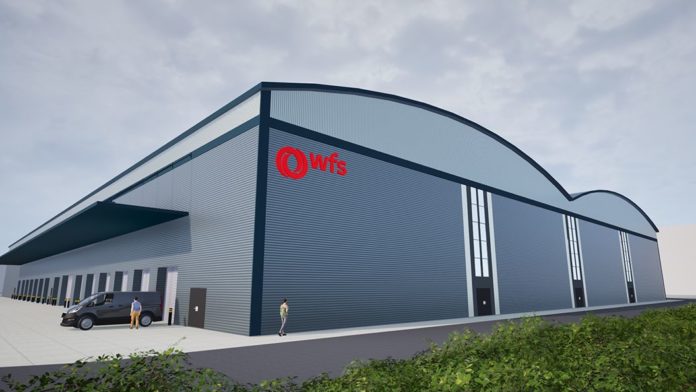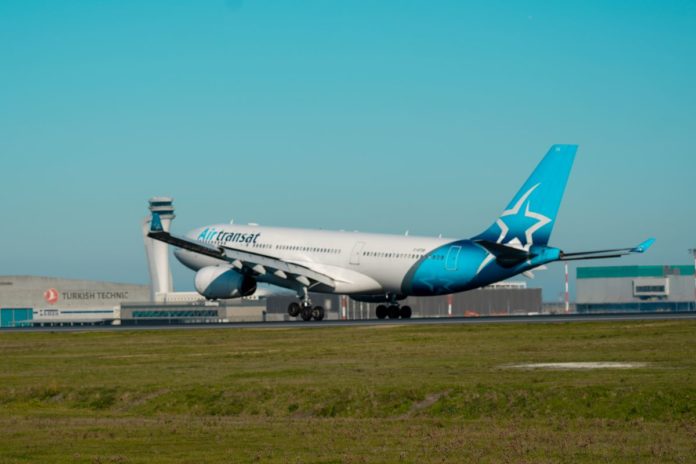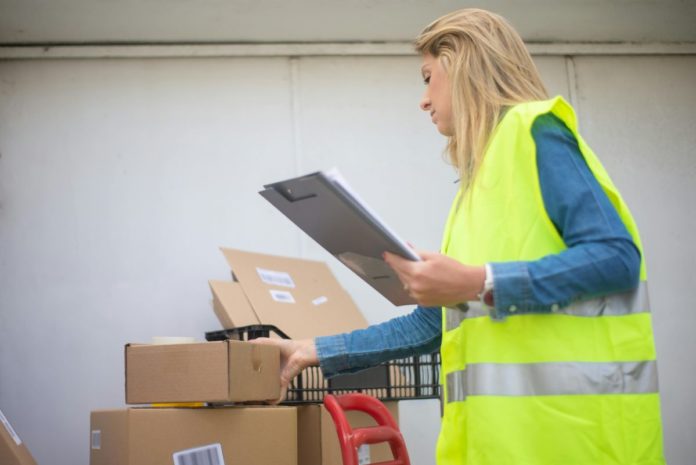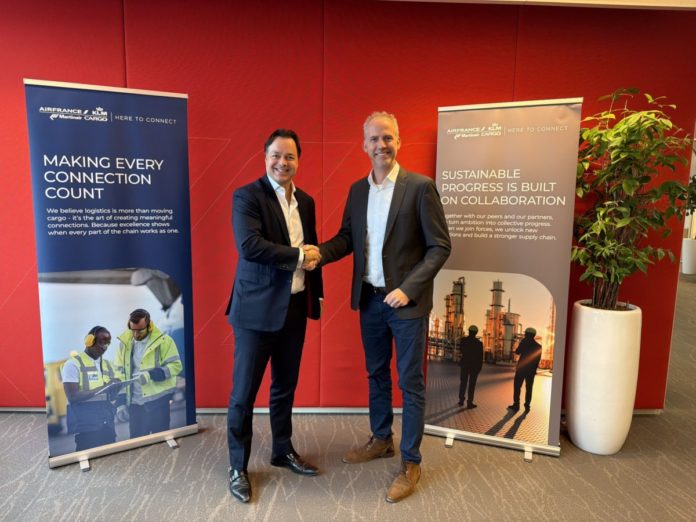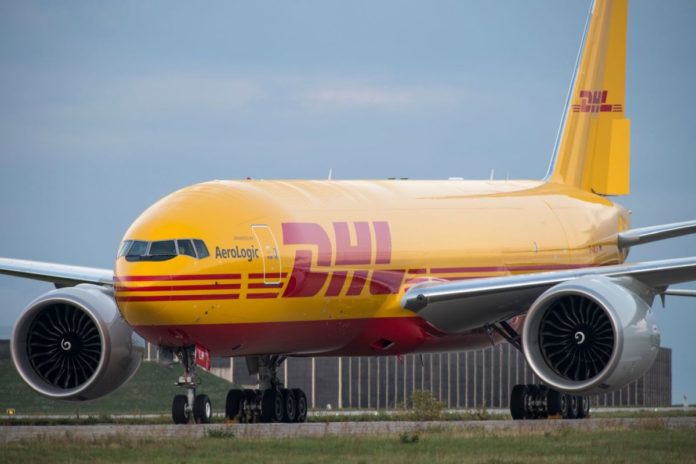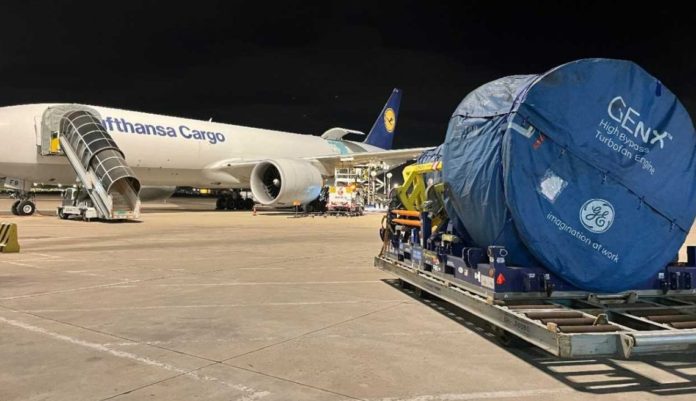Worldwide Flight Services (WFS), a SATS company, has won a competitive tender to lease a new, built-to-suit 11,000sq m air cargo facility at London Heathrow Airport, expected to be fully operational during 2027.
WFS will install a four level, 220 position pallet and container handling system with two elevating transfer vehicle that together with other features will give an annual handling capacity of over 160,000 tonnes.
The 20-year lease on the new facility, located on Southampton Road will reinforce WFS’ position as the largest cargo handler at Heathrow, says WFS.
In 2024, 1.58m tonnes of cargo moved through Heathrow – up 10% year-on-year – with a value of £215.6bn, making it the largest UK port by value. Airlines operating to and from Heathrow serve 230 destinations globally in 85 countries and regions and carry over 72% of all UK air cargo by value.
WFS’ own volumes were 28% higher in the first six months of 2025 versus 2024, due to airline contract wins and organic growth by existing carriers.
WFS managing director UK, Chris Beale, said: “Heathrow is literally flying from a cargo perspective, so it is imperative that we can provide the physical infrastructure to process these growing volumes. This new lease is an important part of this strategy and reflects WFS long-term commitment to Heathrow and its airline and cargo customers.”
WFS currently handles over 350,000 tonnes annually for 12 major airlines at eight facilities at Heathrow with a total footprint of nearly 44,000sq m including its latest customers, Air India and Riyadh Air. The new development will enable WFS to meet the growth requirements of its existing customers and provide capacity to serve more airlines.
As well as supporting WFS’ sustainability goals, the Southampton Road warehouse will incorporate dedicated handling facilities for special cargoes, including valuable, pharmaceutical, perishable, express and dangerous goods shipments. It will also handle outsize cargoes, such as cars and aero engines.
WFS expects the new cargo terminal to create up to 100 new jobs at Heathrow when it opens in 2027.







